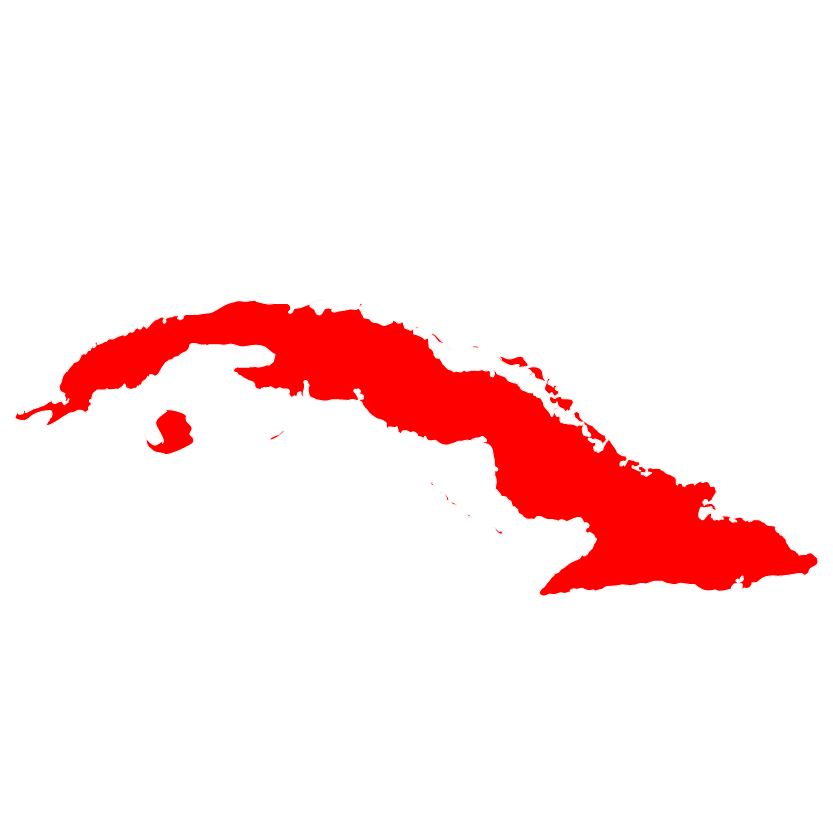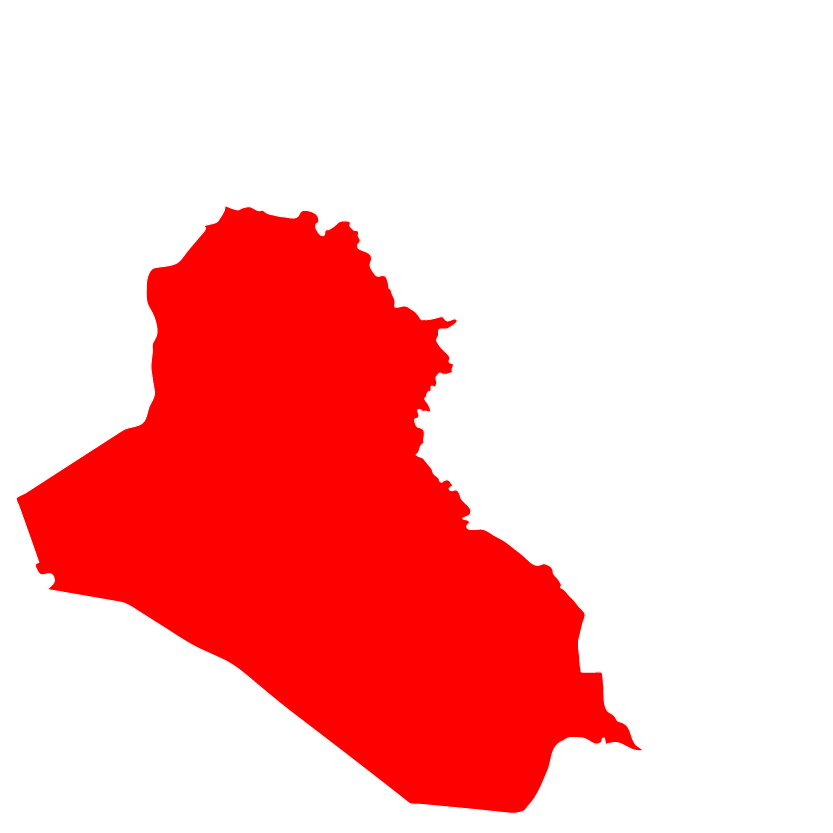There is an emerging humanitarian crisis in the Southern Kasaï region of the Democratic Republic of Congo, where Congolese have sought safety after being expelled from Angola in a violent clampdown on refugees and migrants.
The mass population movement follows the Angolan Government’s decision to expel Congolese migrants, many of whom were working in the informal mining sector in the Northeastern part of the country. Most of those forced to return to DRC were in Angola as economic migrants, often working in the diamond mines while others are refugees forcibly displaced for a second time, having previously fled the conflict in DRC.
The oil-rich Angola attracts many Congolese as it is relatively more stable and offers better employment prospects unlike DR Congo which has more abundant mineral wealth but is largely rocked by unrest and violence from different rebel groups and militias.
According to UNICEF, more than 300,000 Congolese citizens have returned since 1 October 2018, raising concerns of another crisis for a country already dealing with multiple conflicts and an Ebola outbreak.
Those who are returning are coming back to a desperate situation in Kasai, where a militia conflict in 2016 and 2017 forced 1.5 million people to flee their homes leaving ethnic tensions simmering. This poses a threat of resurgence of violence as the region is still extremely fragile following the previous conflicts. According to Oxfam, the Kasai region is one of the poorest in DRC and is already struggling with malnutrition, cholera and a threat of resurgence in conflict.
With the influx of people stretching the already limited resources, there is a danger that inter-communal tensions may resurface. The mass influx of people in the middle of the rainy season poses major health risks, in a region already suffering from a cholera epidemic and where clean water and decent sanitation are scarce, making matters worse for returning children and families. The price of basic food stuffs has risen sharply in some areas, which could lead to inadequate food supply. The arrival of returnees in recent weeks has occurred mostly in the Province of Kasai, although some children and families have returned to neighboring provinces, including Kasai Central and Kwango.
By 16th October 2018, more than 73 % of those who have returned were hosted in Kamonia Territory in Kasai Province, their main entry point being Kamako border post in Kamonia Health Zone. The rest are in Kasai Central Provinces mainly Luambo ZS in Luiza Territory. Upon arrival, majority are hosted in churches, schools and unfinished houses.
Food, emergency shelter and NFIs, WASH, emergency health care and transport are identified as urgent. The young people who are frustrated after losing their sources of income coupled with the abuses they suffered during expulsion has intensified ethnic tensions in the host communities. There are reports of conflicts between returnees and host communities over resources.
ACT DRC Forum members namely Christian Aid (CA), Lutheran World Federation (LWF), Church of Christ in Congo (ECC), and Bureau Oecumeniqued’Appui au Developpement (BOAD) have revised and published COD 181 and are now appealing for USD 3,628,974 to respond to the expulsion of Congolese from Angola , a situation which has aggravated the already dire crisis in Kasai.
ACT DRC Forum members propose to work in the areas of shelter, Food Security, WASH, Health/Nutrition, Protection, Education and unconditional cash, in order to save lives and alleviate suffering of conflict affected populations in Kasai Provinces in the Democratic Republic of Congo.
DRC_Kasai Conflict COD 181(Revised Appeal)






